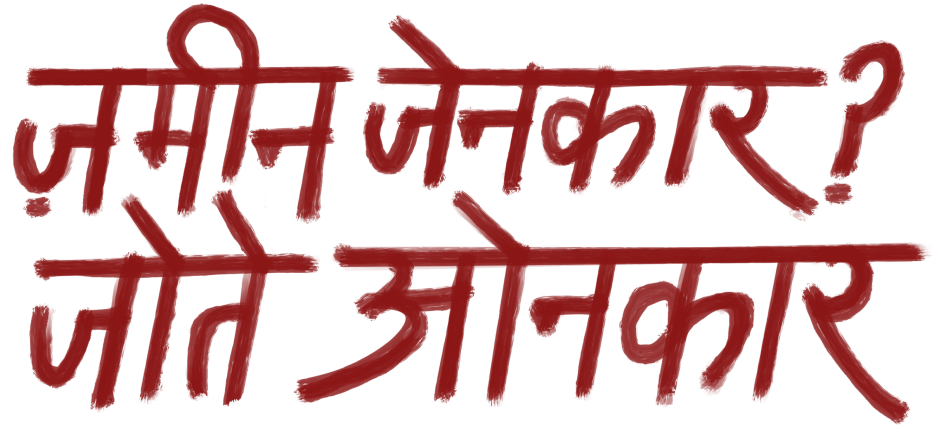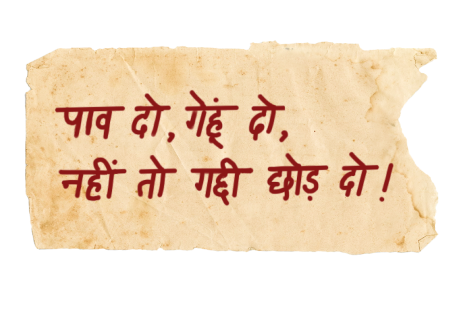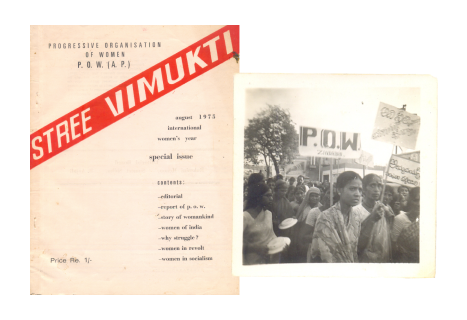To understand the history of the emergence of the autonomous women’s movement in the late 70’s we would have to look at the economic and political crisis India was going through in the late 60’s. Prices were rising, urban unemployment was at a high, food shortages and large-scale rural unrest led to a questioning of the Nehruvian model of planned development which favoured landed interests. In urban India industrial workers were on strike for higher wages. Peasant and tribal revolts against debt bondage, low wages, unequal land distribution, and caste atrocities broke out in Bengal, Andhra Pradesh and Kerala.
Intellectuals, writers and students, many of them women, abandoned their studies and joined these militant left movements in large numbers.
In Bihar, Gandhians who had called for “Total Revolution” led the struggle against the priest-landlords of Bodh Gaya to release land to the tiller. Leadership roles were taken by women, both urban women activists, often still as students, as well as women farmers from the area. They were able to mobilise hundreds of Dalit women agricultural workers in the face of violent repression.

The slogan “Zameen Jenkar? Jote Onkar.” (Who owns the land? Those who plough it.) was coined by women agricultural workers who led the Bodhgaya land rights struggle
“Between 1972 to 1974 a broad coalition of 70 organizations of women of all classes and castes formed to protest rising prices by using kitchen utensils. Banging thalis, plates, brandishing rolling pins and kitchen ladles they led a sustained movement. It was widely hailed as a new Indian women’s movement, led by Left groups as well as Socialists, Mrinal Gore being one prominent Socialist woman leader.”
Protests against the state were widespread,thousands of poor and middle class women in Gujarat, teachers, doctors, civil servants stepped into political activity for the first time, agitating against rising food prices, corruption, and profiteering. They succeeded in forcing the government to resign.
Women who emerged in such large numbers into public life, adivasis, peasants, industrial workers, municipal workers, students, and women from different class and caste backgrounds were speaking up. Very organically women in all movements began to interrogate their gender roles in family, society and public life.





